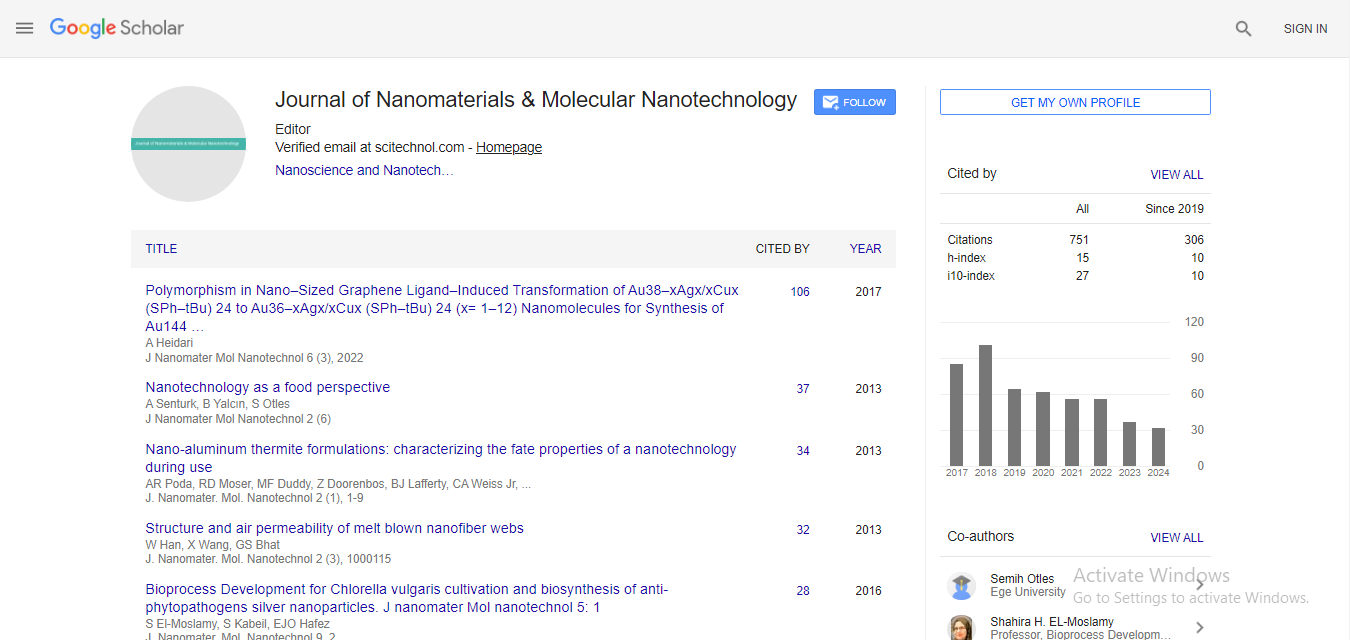Improved low-Pt loading electrode performance and durability through catalyst layer design and application
Radenka Maric
University of Connecticut, USA
: J Nanomater Mol Nanotechnol
Abstract
The University of Connecticut is working to develop Proton Exchange Fuel Cells (PEMFC) that satisfy both Department of Energy, DOE, 2020 electrocatalyst and membrane electrode assembly, MEA, performance and durability targets using a system of low-PGM-content electrocatalysts deposited on corrosion-resistant carbon supports, applied onto ultra-thin membranes, to ensure applicability in high power density, self-humidifying automotive fuel cell stacks. We devoted specific attention to achieving high-performance low-Pt electrode structure, total loading of 0.15 mg/cm2 by developing gradient cathode structures, prepared using Reactive Spray Deposition Technology (RSDT), which will be optimized for different carbon supports and ultra-thin membranes. We mitigated the impact of low-Pt loading on electrocatalyst durability in an electrode by studying and understanding ionomer-support-catalyst interactions and electrode microstructure evolution at the triple-phase boundary upon exposure to automotive drive cycles (or its AST equivalents). The various interactions between electrode constituents are influenced by the manner in which the electrode is applied, which has a significant impact on the final 3-dimensional structure. The larger Pt particle of 5 nm towards the membrane layer and a higher Pt to C ratio insures longer stability. The RSDT process combines catalyst synthesis, support impregnation and film formation into a single step and gradient structure optimization is a function of the components introduced.
Biography
Radenka Maric has completed her PhD and is the UConn’s Vice President for Research. She continues to drive strategic efforts to build fundamental and applied research and technology commercialization capabilities in partnership with government, industry and other academic leaders. Her research interests include fundamental understanding of the effect of structure, defects and microstructure on transport and electrical properties of surfaces and interfaces.
E-mail: radenka.maric@uconn.eduu
 Spanish
Spanish  Chinese
Chinese  Russian
Russian  German
German  French
French  Japanese
Japanese  Portuguese
Portuguese  Hindi
Hindi 



